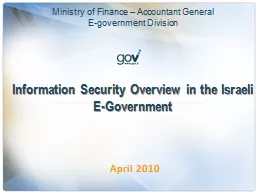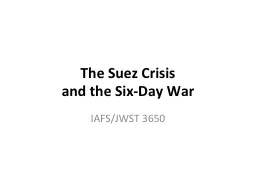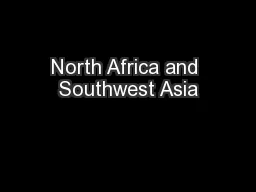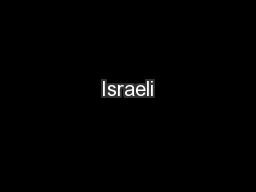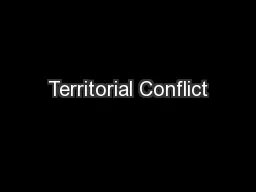PPT-Information Security Overview in the Israeli
Author : jane-oiler | Published Date : 2016-03-16
EGovernment April 2010 Ministry of Finance Accountant General Egovernment Division General Threat The EGovernment Division holds the main connection between the
Presentation Embed Code
Download Presentation
Download Presentation The PPT/PDF document "Information Security Overview in the Isr..." is the property of its rightful owner. Permission is granted to download and print the materials on this website for personal, non-commercial use only, and to display it on your personal computer provided you do not modify the materials and that you retain all copyright notices contained in the materials. By downloading content from our website, you accept the terms of this agreement.
Information Security Overview in the Israeli: Transcript
Download Rules Of Document
"Information Security Overview in the Israeli"The content belongs to its owner. You may download and print it for personal use, without modification, and keep all copyright notices. By downloading, you agree to these terms.
Related Documents

